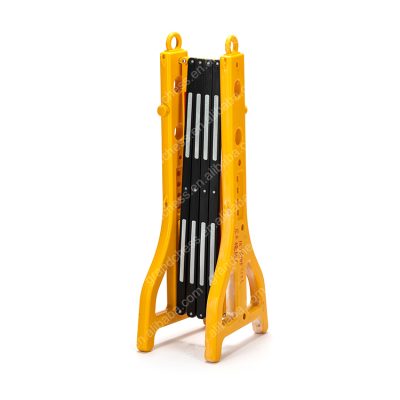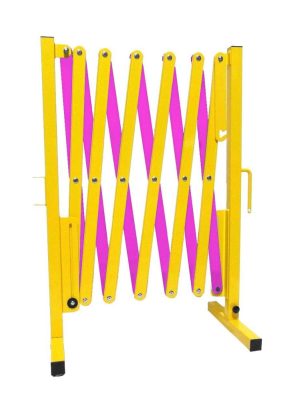Traffic signals play a crucial role in intersection design and management. Proper intersection design, including the placement and operation of traffic signals, is essential to ensure the safe and efficient flow of traffic. Here are key considerations regarding traffic signals and intersection design:
- Traffic Volume and Capacity:
- Intersection design begins with an analysis of traffic volume and capacity. Traffic engineers assess the number of vehicles, pedestrians, and cyclists that use the intersection during different times of the day and week.
- The capacity of an intersection is the maximum number of vehicles it can handle without causing congestion or delays.
- Traffic Control Devices:
- Traffic signals are one type of traffic control device used at intersections. Other devices include stop signs, yield signs, and roundabouts.
- The choice of traffic control device depends on factors such as traffic volume, safety considerations, and the need to balance traffic flow.
- Signal Phasing and Timing:
- Traffic signals operate on a cycle that includes various phases (e.g., green for one direction, red for others). The timing of these phases is critical to optimizing traffic flow.
- Engineers consider factors like left-turn phases, pedestrian signal timing, and coordination with nearby signals to reduce congestion and improve safety.
- Safety Considerations:
- Intersection design must prioritize safety. This includes ensuring proper sightlines for drivers, pedestrians, and cyclists.
- Engineers use geometric design elements like adequate turning radii, clear zones, and well-marked crosswalks to enhance safety.
- Traffic Calming:
- In some cases, traffic engineers use intersection design elements to slow down traffic and improve safety in areas with high pedestrian activity or residential neighborhoods.
- Techniques such as raised crosswalks, speed humps, and curb extensions are used for traffic calming.
- Pedestrian and Bicycle Considerations:
- Intersection design should accommodate pedestrians and cyclists, with features like crosswalks, bicycle lanes, and pedestrian refuge islands.
- Pedestrian signals and push-button crossings are essential for pedestrian safety.
- Adaptive Signal Control:
- Modern traffic signals can be equipped with adaptive control systems that use real-time data to adjust signal timings based on traffic conditions.
- Adaptive signal control can help reduce congestion and optimize traffic flow during peak and off-peak hours.
- Traffic Signal Coordination:
- Coordination between nearby traffic signals is crucial to create “green waves,” where vehicles can travel through multiple intersections without stopping.
- This coordination reduces fuel consumption, emissions, and travel times.
- Intersection Design for Special Situations:
- Engineers must consider special situations, such as intersections near schools, hospitals, and transit hubs, which may require additional safety measures and accommodations.
- Accessibility:
- Intersection design must be accessible to people with disabilities, with features like accessible pedestrian signals, ramps, and detectable warning surfaces.
- Traffic Simulation:
- Traffic engineers often use computer simulations to model and analyze different intersection designs and signal timings before implementation to optimize traffic flow and safety.
Effective traffic signal design and intersection planning require a balance between the efficient movement of vehicles and the safety of all road users. Traffic engineers continuously monitor and adjust intersection designs to adapt to changing traffic patterns and technology advancements, aiming to create safer and more efficient transportation systems.
























